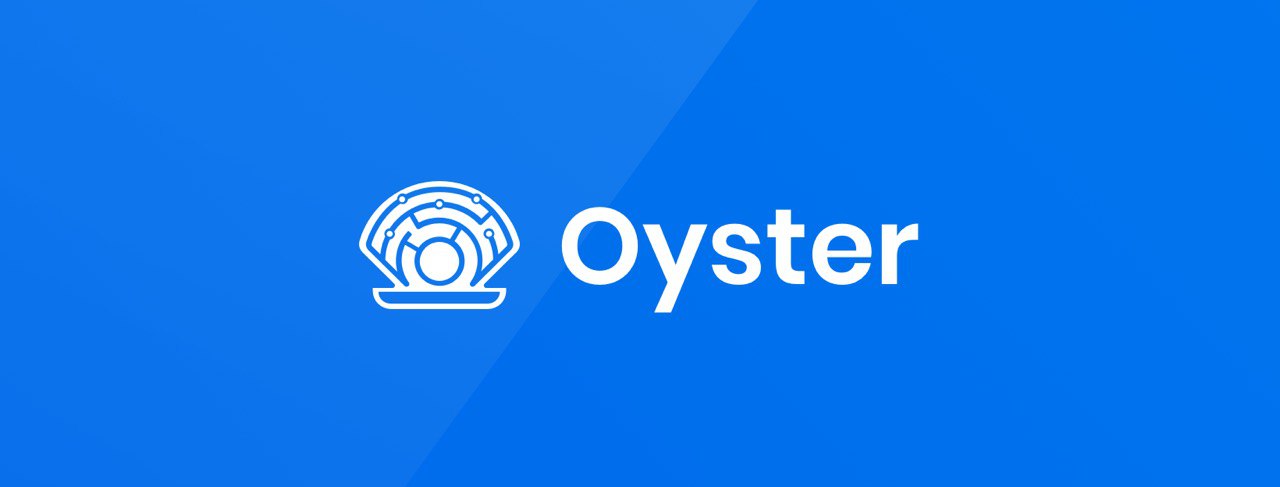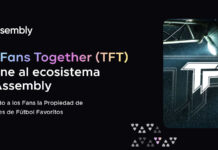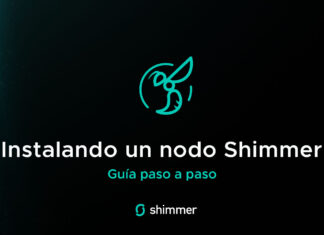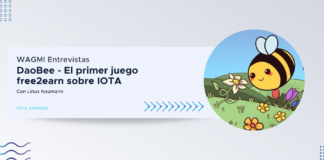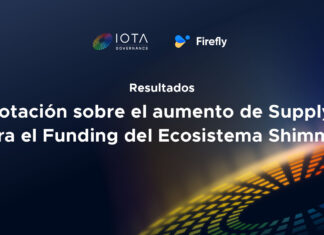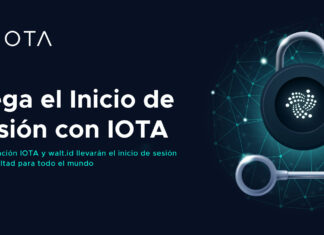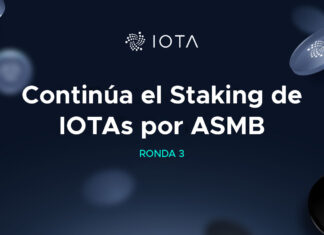
Some weeks ago we contacted Oyster Protocol to see if they would like to give us an interview and the team thought that, while working in the release of their mainnet, it could be a good idea to tell IOTA Hispano readers a bit about what they are working on. Oyster is one of the first projects that plans to use the Tangle as backbone for file storage. Fortunately, Nicolas Pedroso from IOTA Hispano editor team, has been following this project for some time now and was happly willing to conduct the interview.
Note: originally, this was a longer interview with some questions in the direction of how is Oyster planning to store files in the Tangle. Because Oyster’s CTO is dedicated 100% to the mainnet launch, we agreed to publish a first «pre mainnet» interview (this one) and a second «post mainnet» follow up, in which more technical aspects will be revealed.
On behalf of IOTA Hispano we wanna thank Oyster’s team for dedicating us time despite the fact they are working like crazy to get the mainnet released soon. We also want to thank Dennis Schouten, who introduce us to Oyster making all this possible. Finally, to Taylor French who did a greate job connecting us with the rest ot the team.
Daniel De Michele (Carpincho Dem)
Head of contents, IOTA Hispano
IOTA Evangelist Network member & Ecosystem Developer
To begin with this interview, we would like to hear a bit about you. When did you start getting involved in the crypto and DLT’s world? Also, we would like to know when did you start working with the Oyster Team.
Taylor: I got involved in cryptocurrency around July of 2017. My first cryptocurrency purchase was IOTA, and it was the technology behind IOTA that got me interested in DLTs. I would browse the IOTA Reddit on a daily basis, which is how I came in contact with Bruno (CEO of Oyster), who had posted to the IOTA Reddit detailing the Oyster project. I instantly knew that the combination of IOTA and Oyster could be a game changer in how website owners and mobile application developers earned money via the internet. I offered to do some graphic design work for Bruno after reading his Reddit post back in the Fall of 2017. From there, I ended up quitting my job as a software developer and began working for Oyster full-time in February of 2018.
Now let’s move on to the project. Could you explain Oyster briefly? How many people are working on the development of the protocol at the moment?
Oyster is a unique cryptocurrency project that plans to revolutionize the way website owners and mobile application developers earn revenue via the internet, as well as offer a secure, decentralized method for file storage. Website owners and mobile application developers will be able to implement the Oyster protocol to earn Pearls (PRL), our utility token, by enabling the users accessing their website to act as web nodes which complete proof-of-work algorithms to push files uploaded via the protocol to the IOTA Tangle. The Oyster protocol will use a small portion of a website visitor’s unused computing resources (upon user’s consent), and in return, the website owner will be able to provide an ad-free experience to their users. The storage users, who will use the Oyster protocol to store their files securely, will spend PRL for secure, anonymous, and decentralized storage, providing the PRL that will be ‘buried’ in the data maps of uploaded files which will ultimately become a source of revenue for website owners.
As the Oyster network continues to grow, and as more individuals become active nodes within the network, Oyster’s second utility token, Shell (SHL), will come into play. SHL will allow individuals participating in the Oyster network to transfer data across the mesh net formed by all the active nodes in the Oyster network, basically allowing individuals to bypass ISPs and access the internet, build decentralized applications, and more without the influence of large corporations and governing bodies.
There are currently eight developers working on building the Oyster protocol. Additionally, there are several community managers working hard to answer any questions about the Oyster protocol on our Telegram channels and our Reddit.
Oyster is a non-Blockchain project. You guys instead are building a solution on the Tangle. Why did you pick this data structure as the backbone?
Oyster is not technically a ‘non-Blockchain’ project, as our utility tokens are ERC20 tokens, and built on the Ethereum Blockchain. In saying that, Our chosen medium to host the files uploaded via the Oyster protocol is the IOTA Tangle. With the Tangle’s feeless transactions, low computing power requirements, highly scalable nature, and capability to be used on millions of IoT devices, it provides the perfect data structure for a truly decentralized and anonymous storage solution.
You announced on April 25th that the team was working on a private Tangle. Is there a contingency plan in case the IOTA Foundation takes more time than expected in implementing sharding/ swarm nodes?
The Oyster private Tangle is the contingency plan if IOTA takes longer than expected to implement sharding/swarm nodes on the main Tangle. Oyster’s private Tangle will be used to prove Oyster’s viability as a working product. Once IOTA has implemented sharding/swarm nodes, Oyster will work to merge back with the main Tangle
Why is sharding important for Oyster?
The Oyster protocol will be used to store a significant amount of data. Having sharding implemented on the IOTA Tangle will be of great benefit to the Oyster protocol, as it will allow all the nodes in the IOTA network to share the burden of files uploaded to the Tangle. The data within the file uploads will be ‘sharded’ and distributed among all nodes in the network. This will limit the chance of cumbersome file uploads being centralized on a single node or a small number of nodes. When sharding is implemented, the IOTA Tangle has the potential to host an exponentially large amount of data in an extremely efficient manner. Ultimately, sharding is just as important for IOTA as it is for Oyster. Without sharding, IOTA will not be a viable solution for IoT, as there are plenty of smart sensors that could participate in the IOTA Tangle, but have minimal available storage capacity.
What’s Oyster’s relation with the IF and its core developers?
They are aware of our project and have given us encouraging words as one of the first projects building on top of IOTA.
What was their response to Oyster developing its temporary tangle?
No comment was given or asked. We do hope to contribute back any improvements we can make.
To end this interview, we would like to hear about Chris’s plans for the future, in regards to the marketing of the project, especially now that we are close to the Mainnet launch.
That’s a great question; we are not divulging much about mainnet launch we are under NDA with beta partners who will be testing the protocol to see how it can handle concurrency and latency. We have access to over 2M monthly uniques for beta trial, so we should be able to see what infrastructure we will need to grow beyond that number.
Interview by Nicolás Pedroso
IOTA Hispano editorial team


